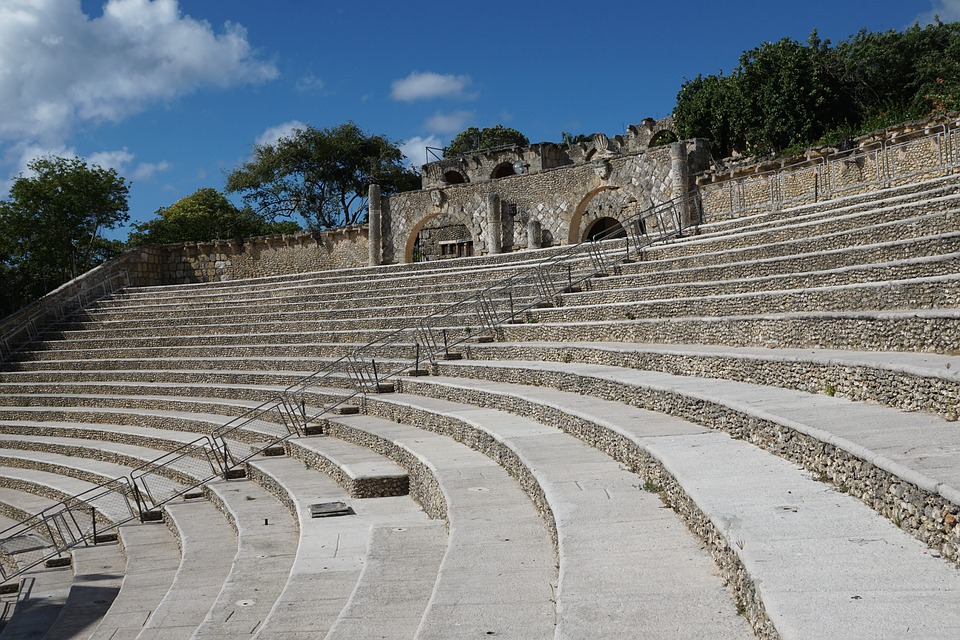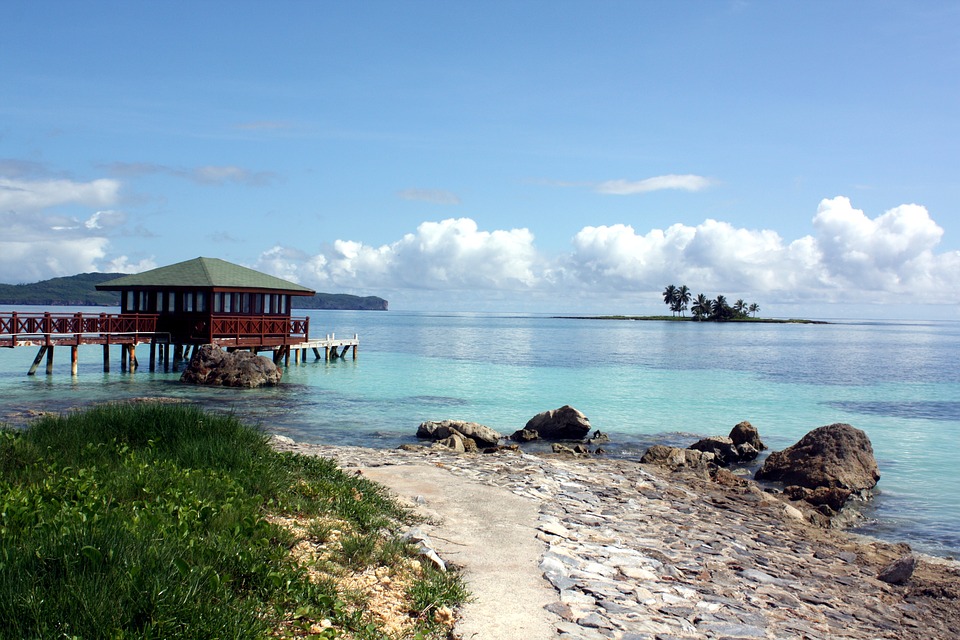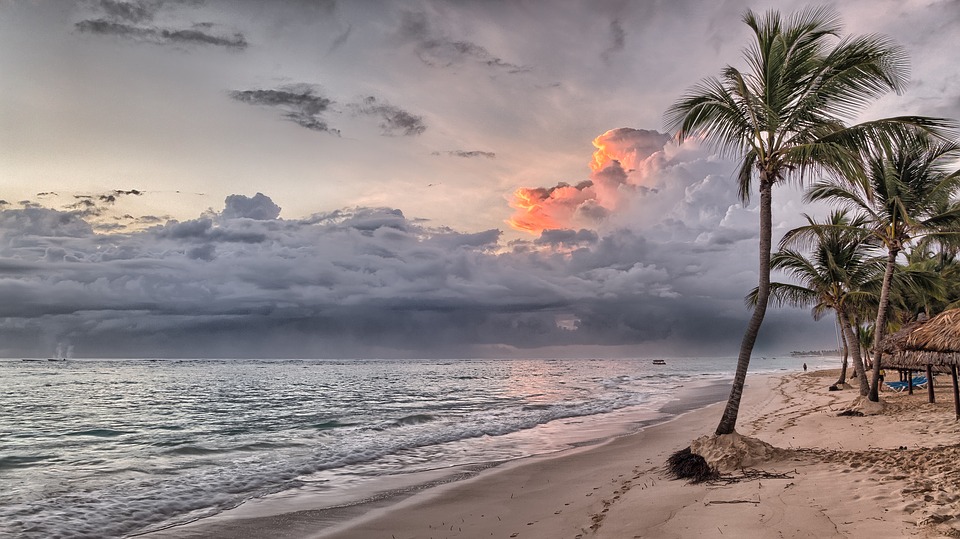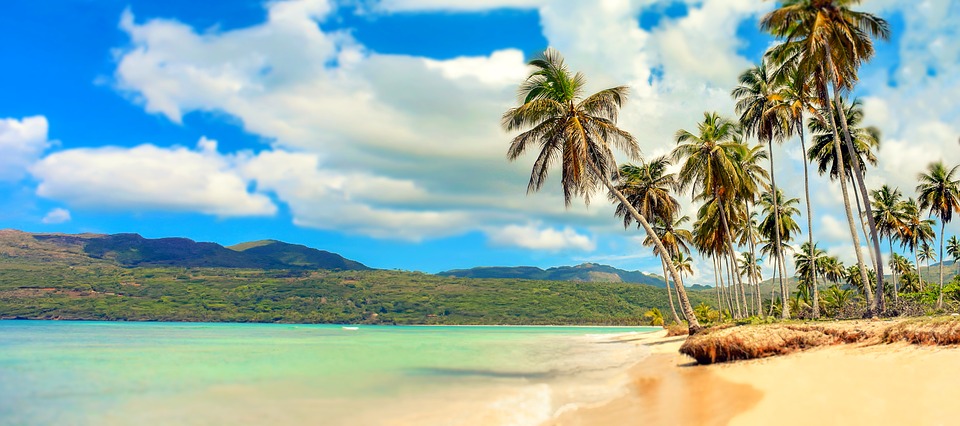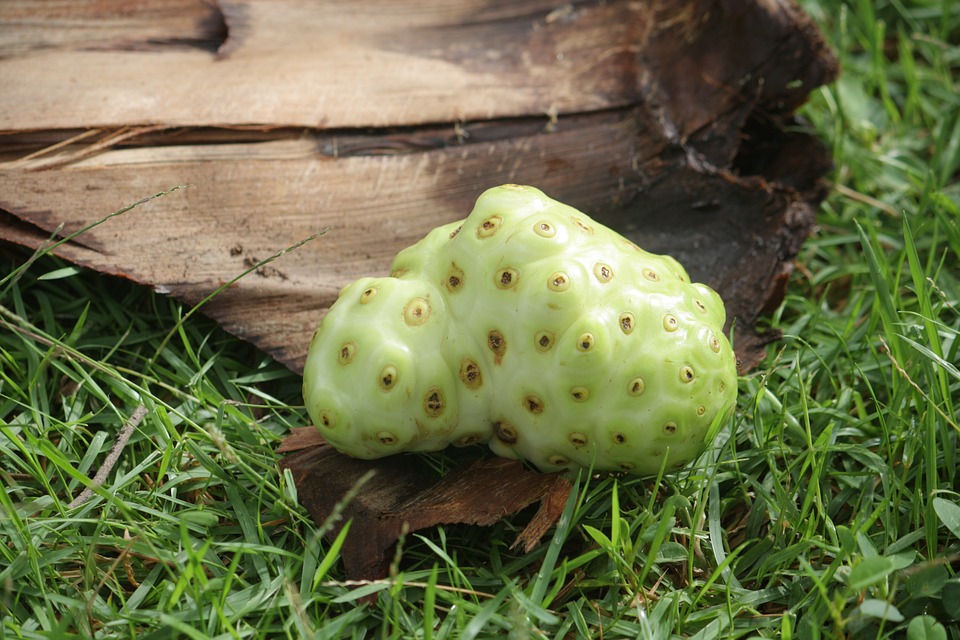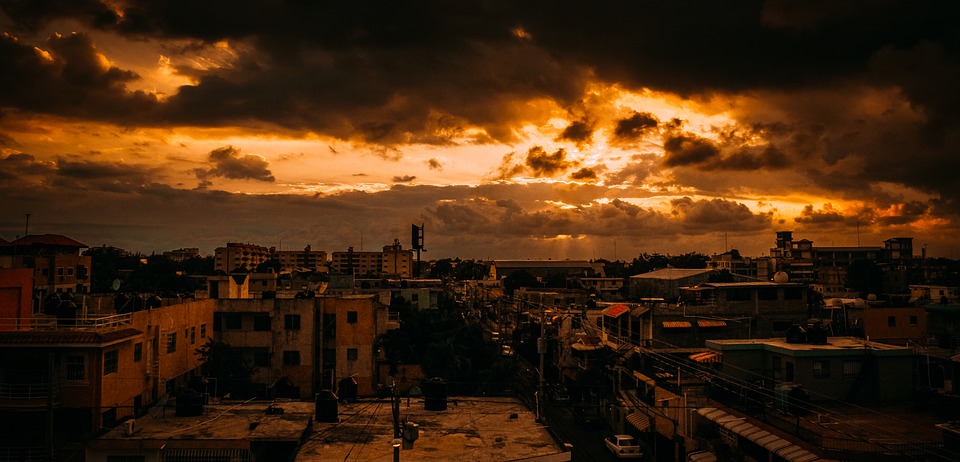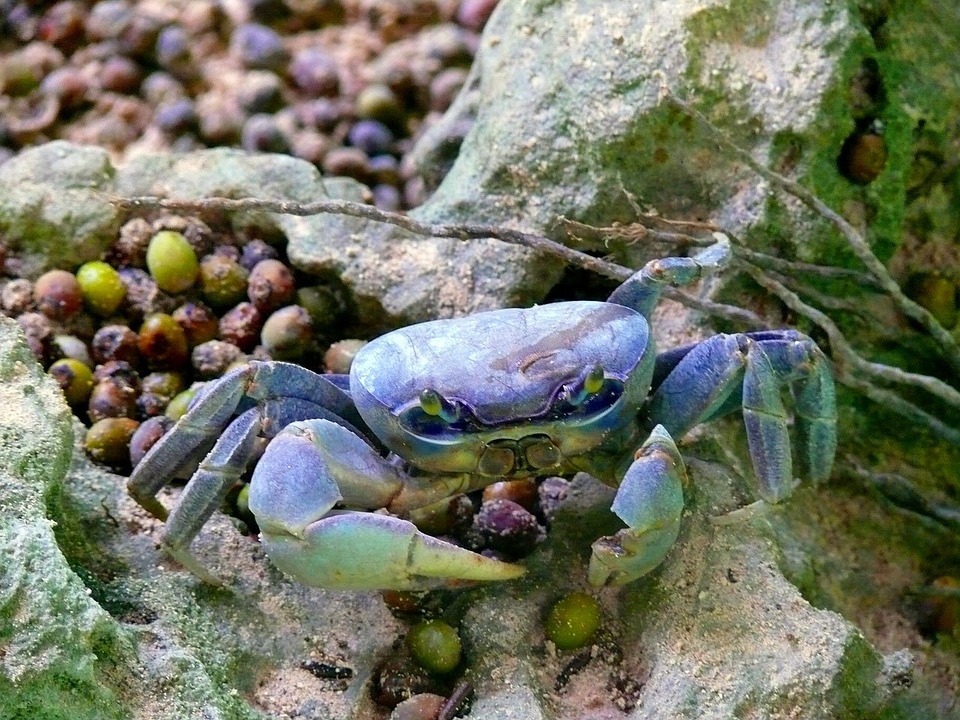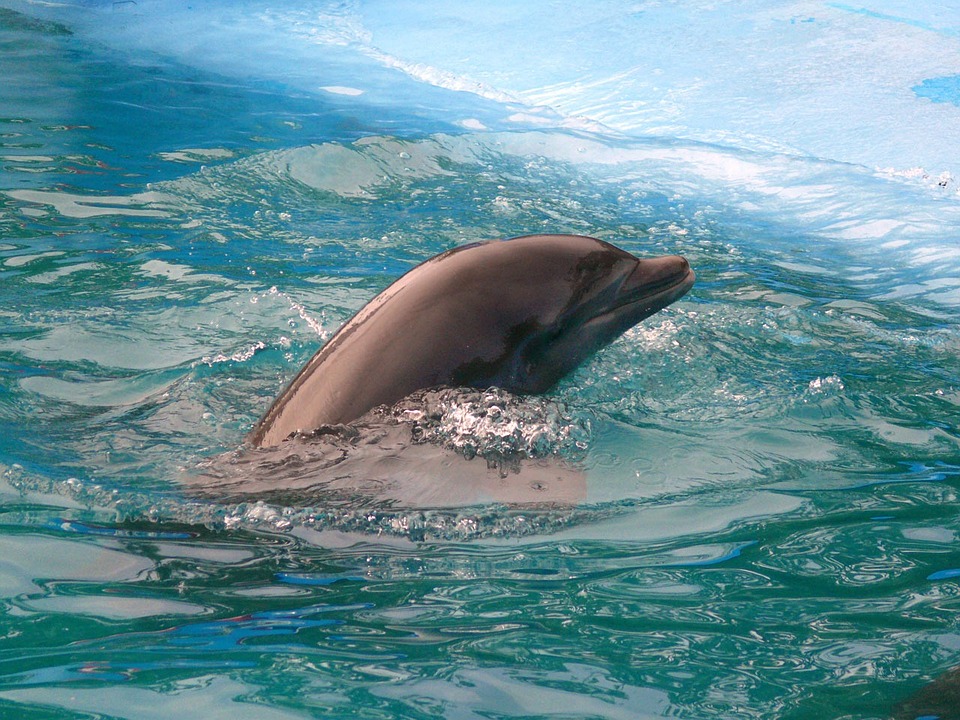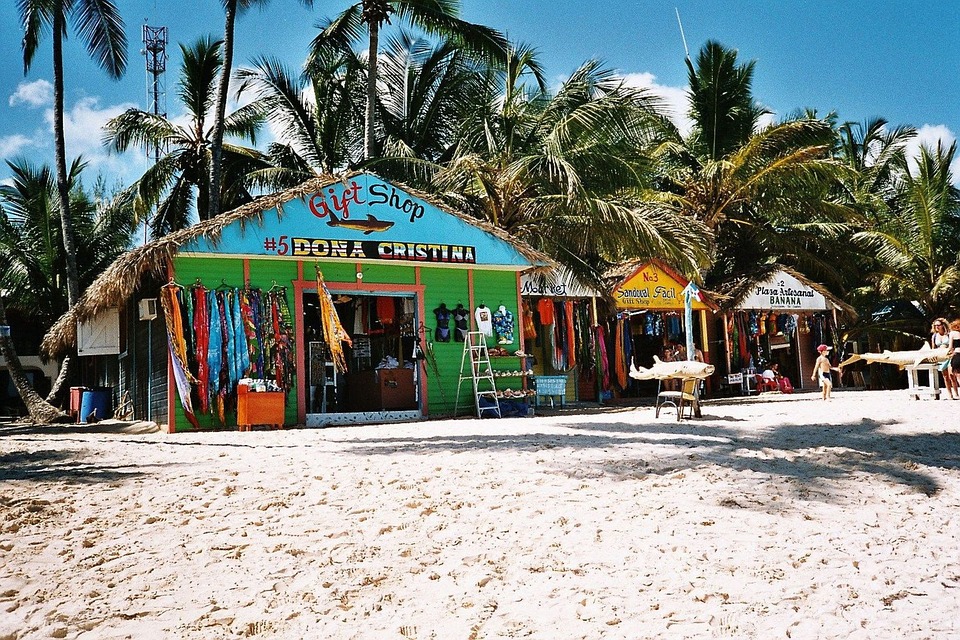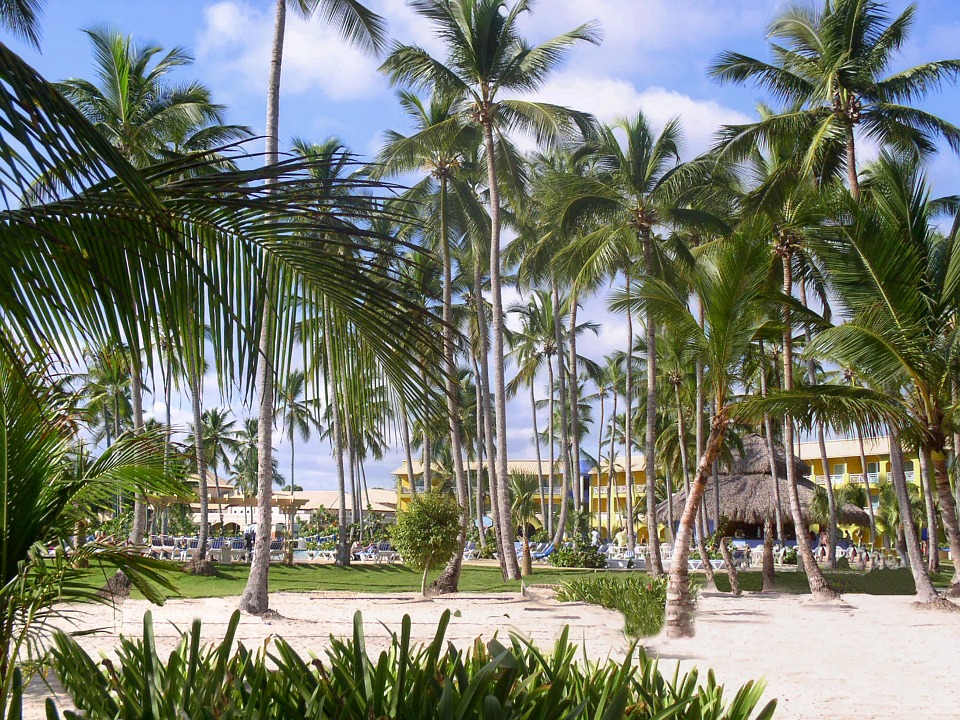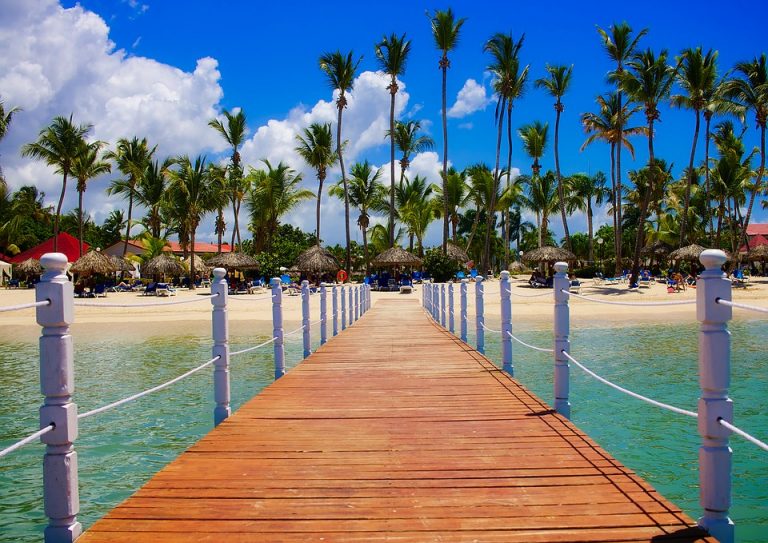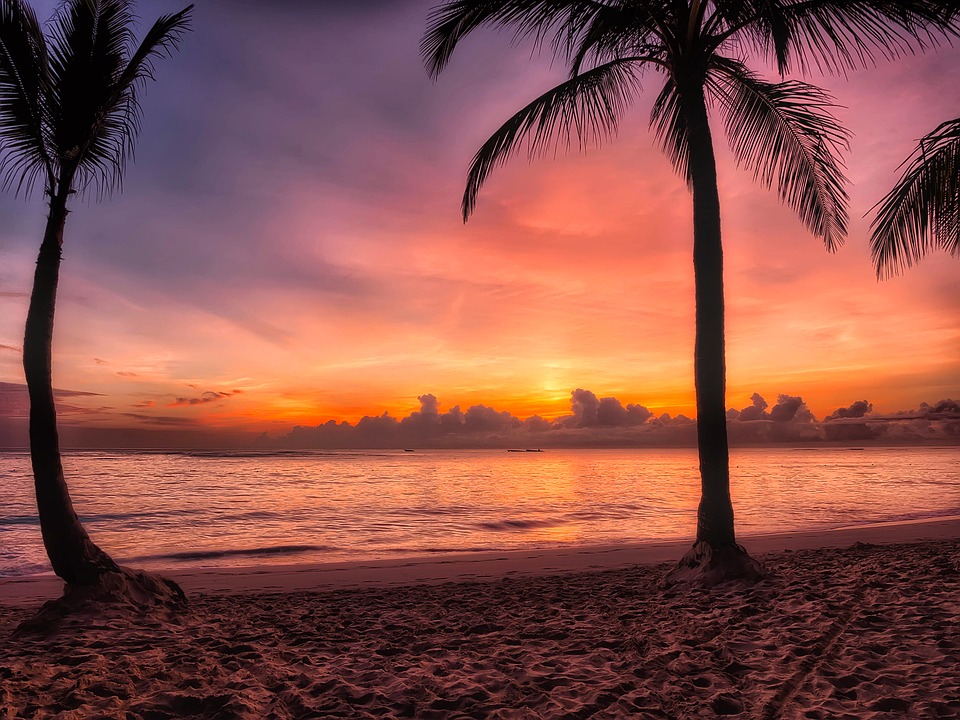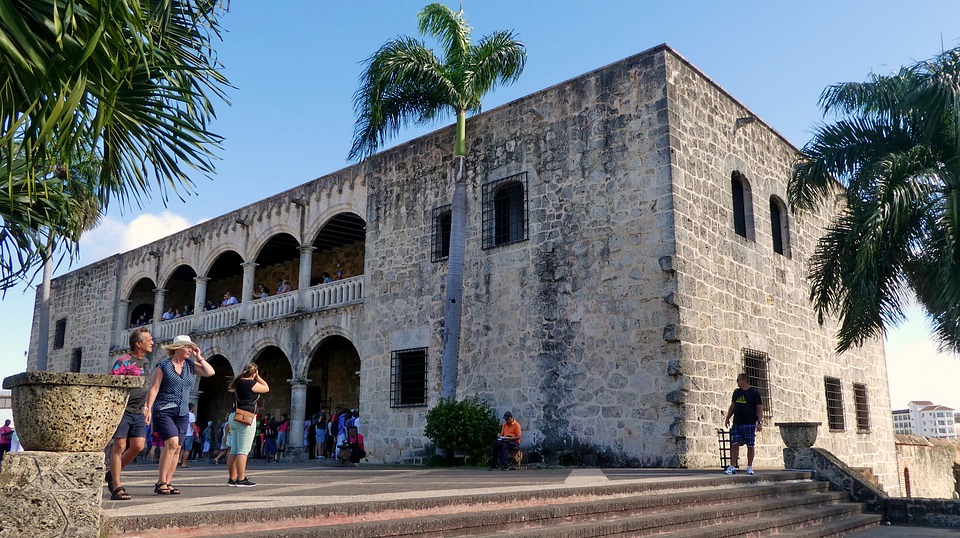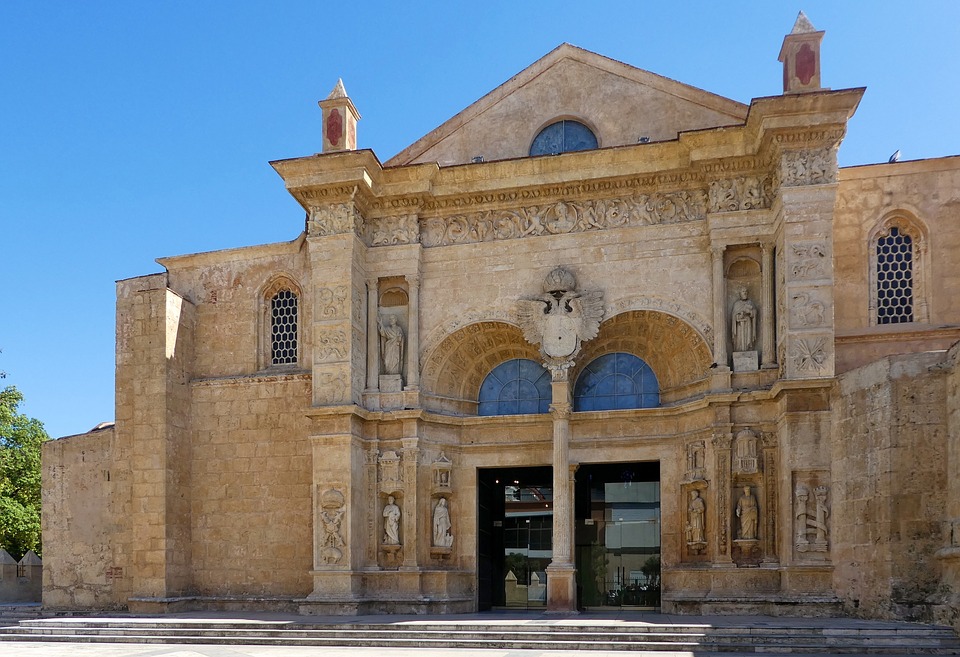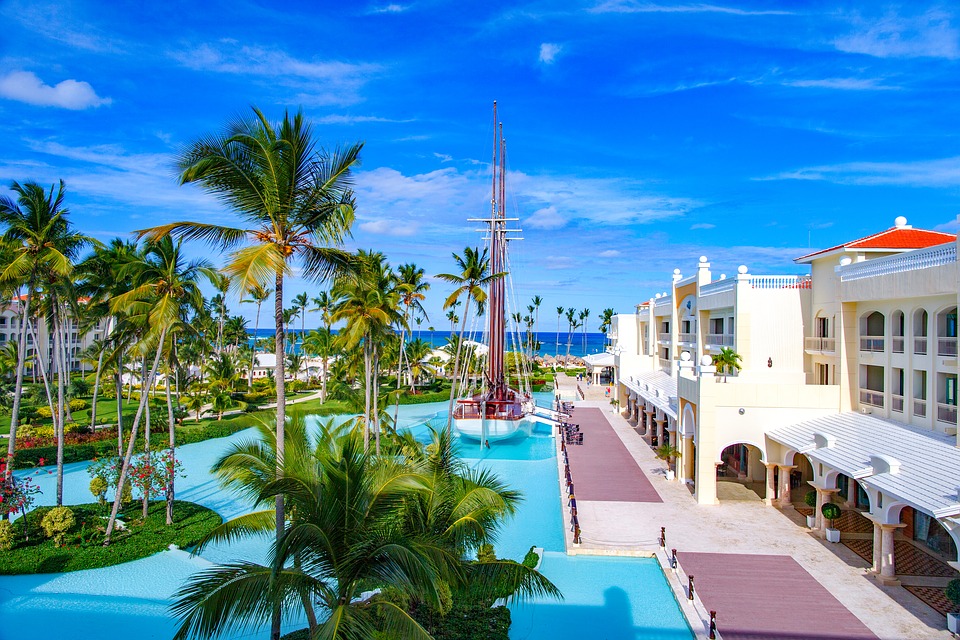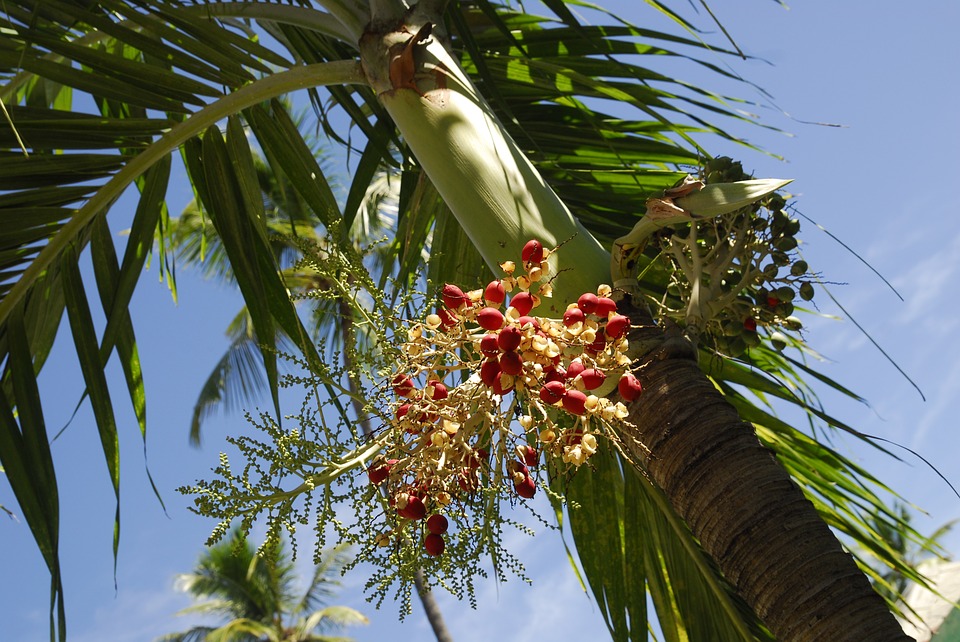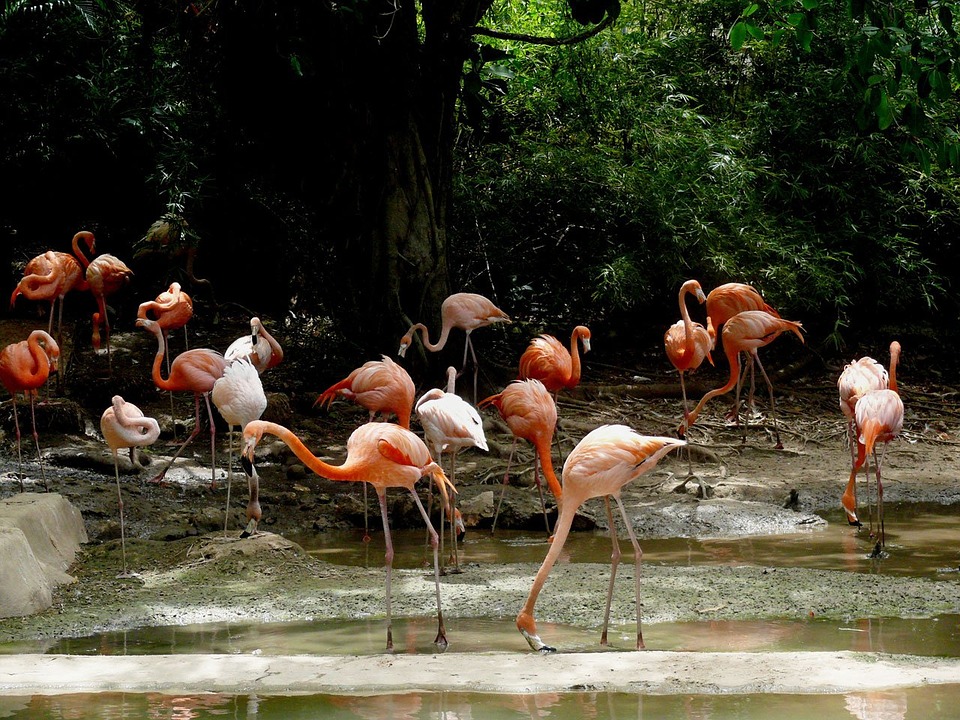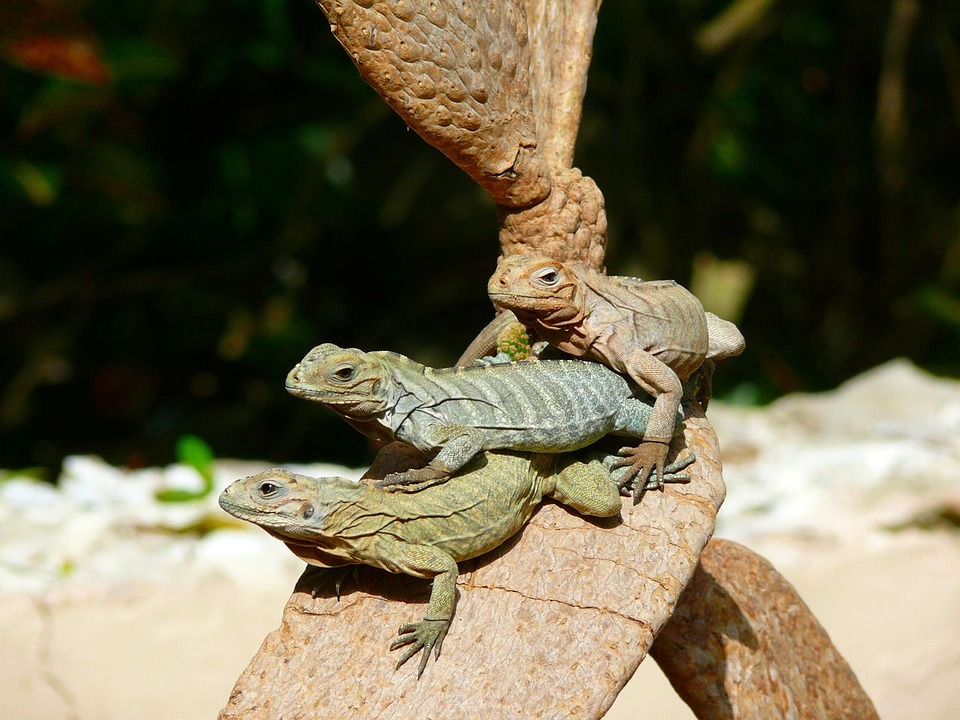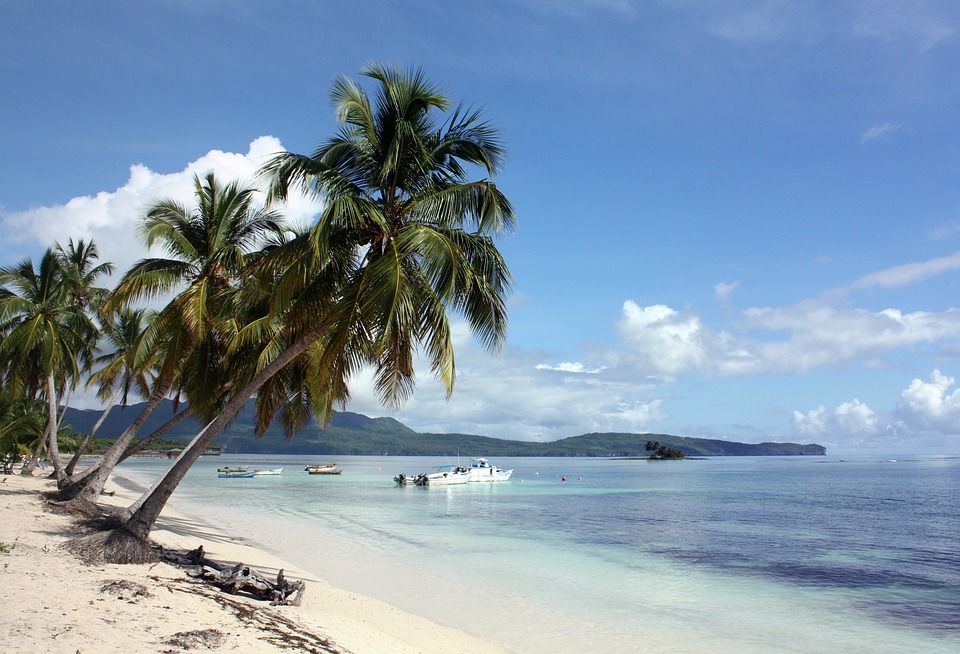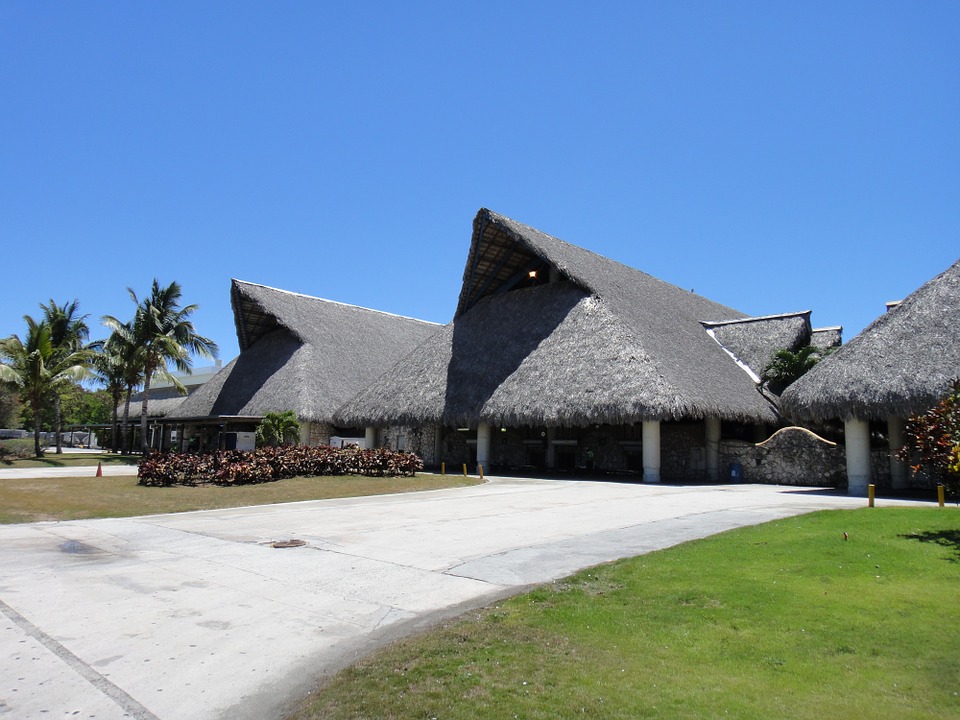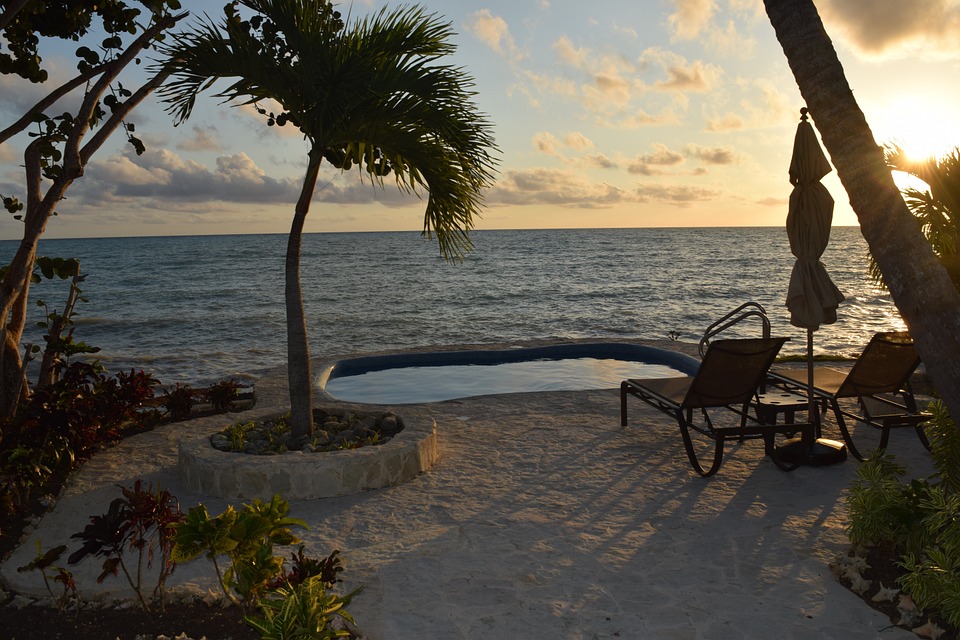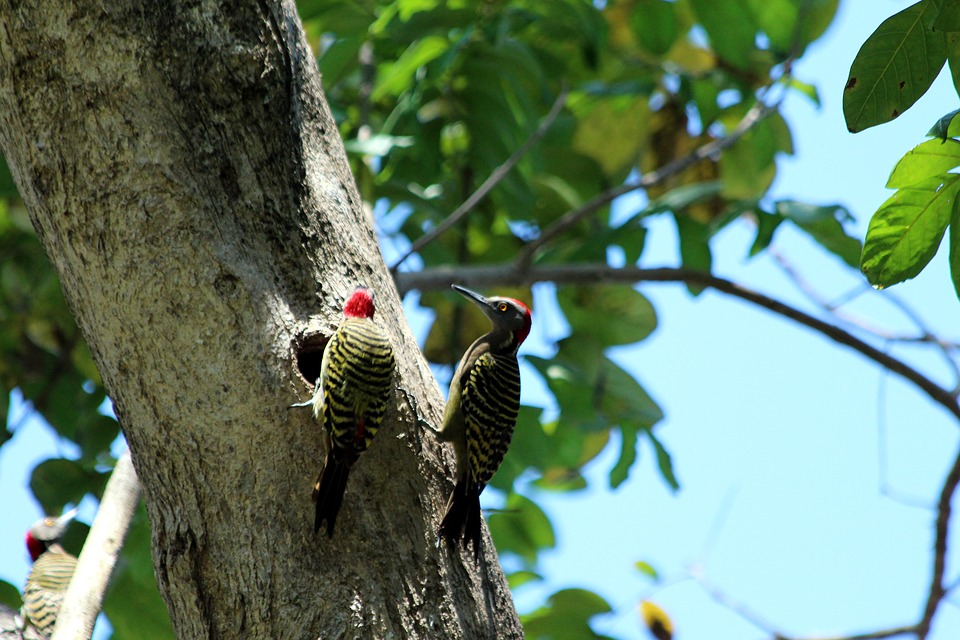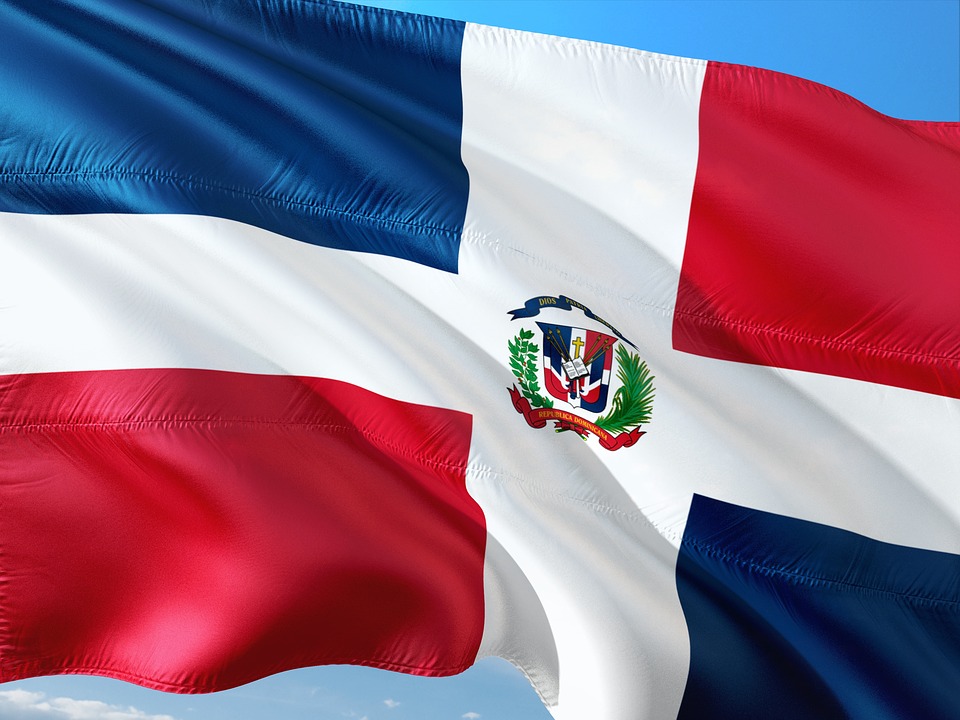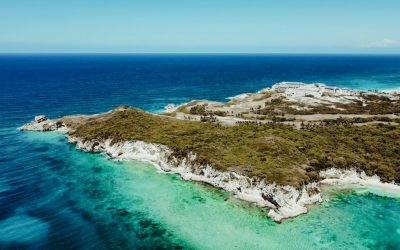Dominican Republic
(República Dominicana)

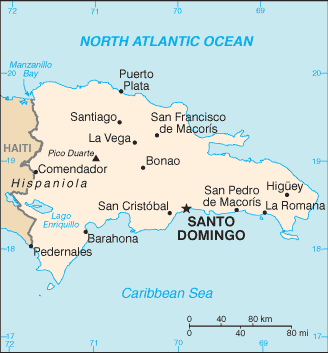
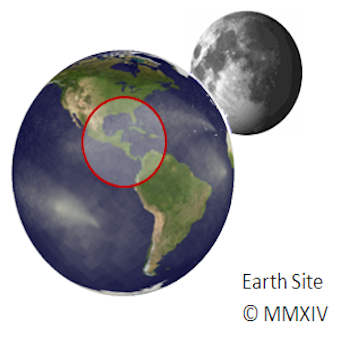
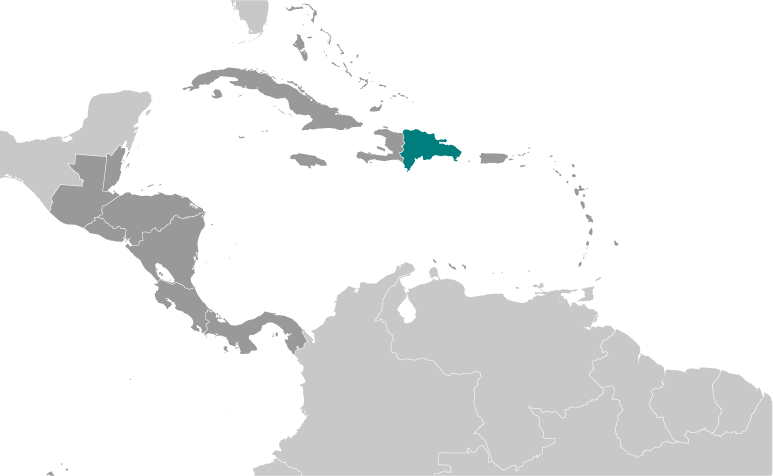
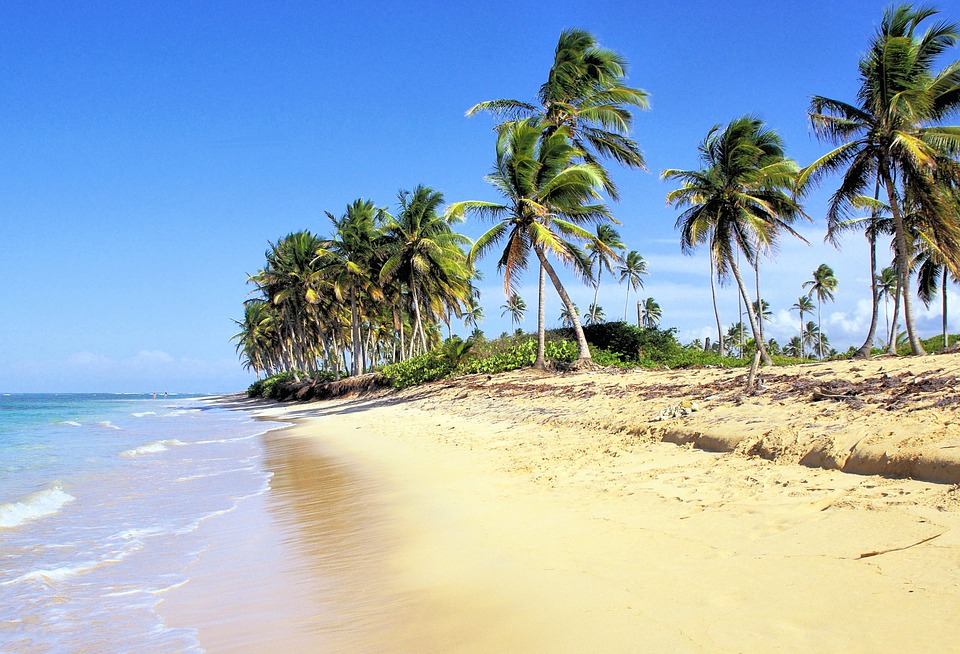
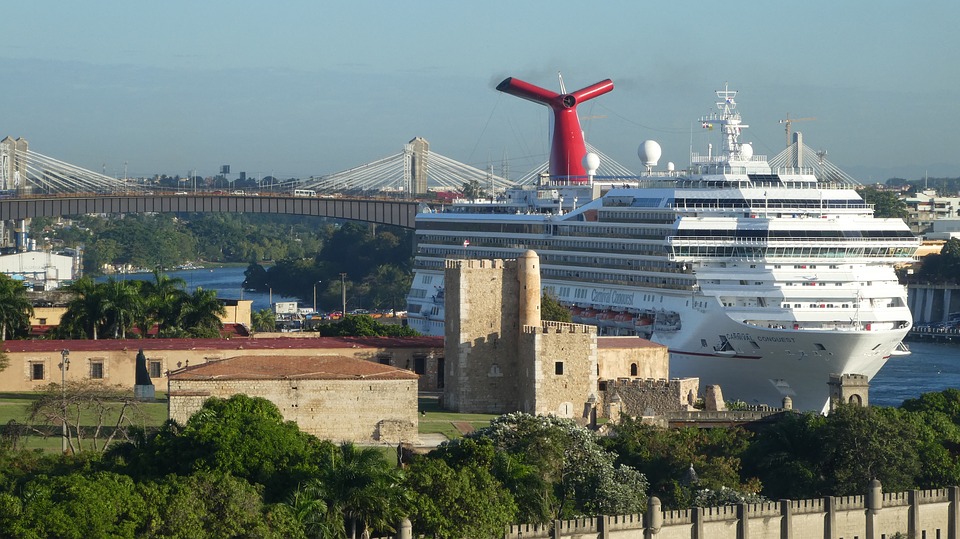
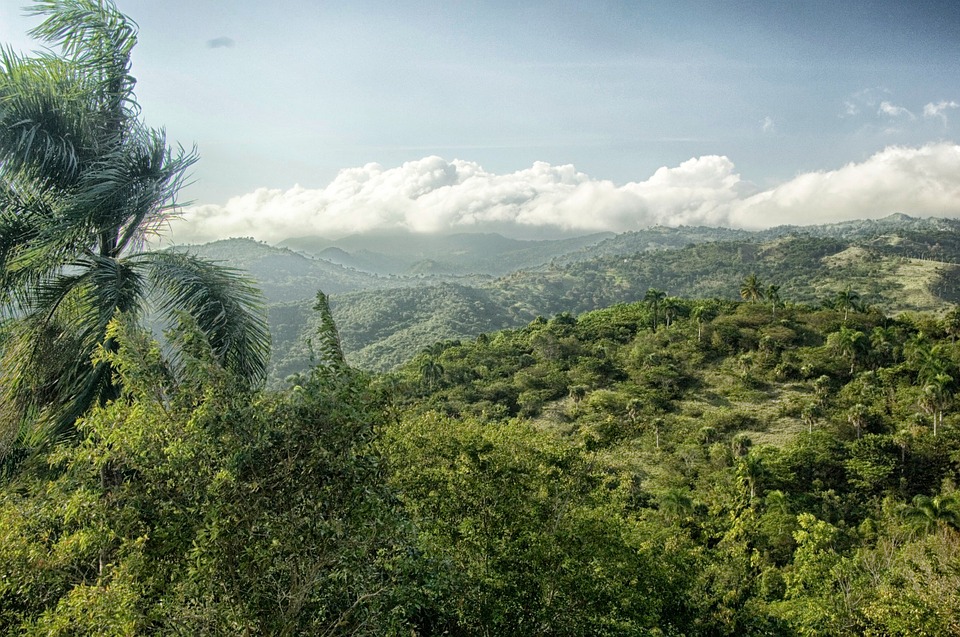
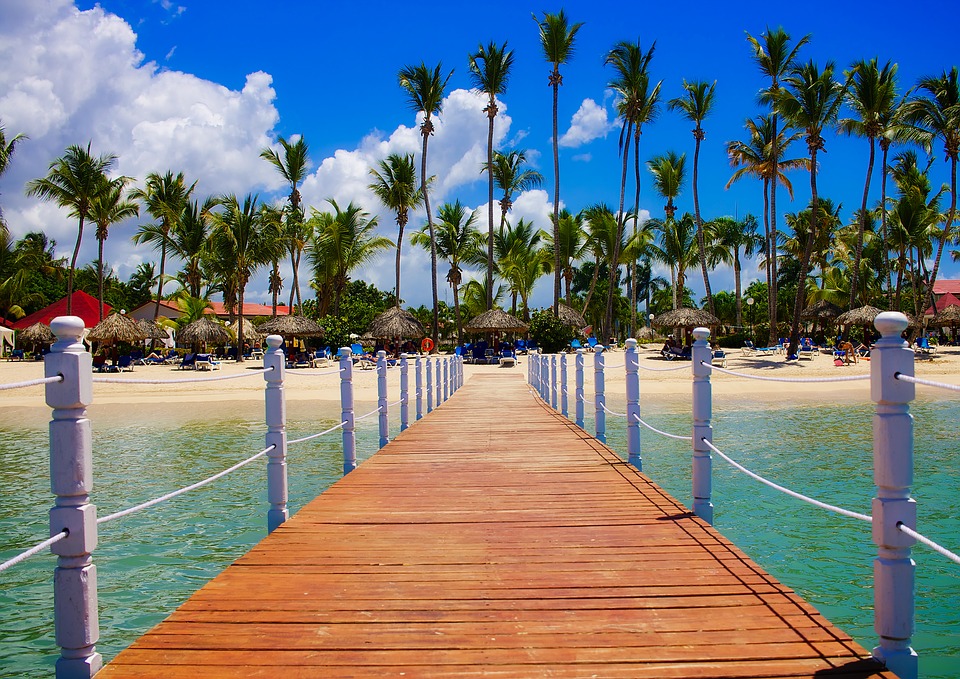
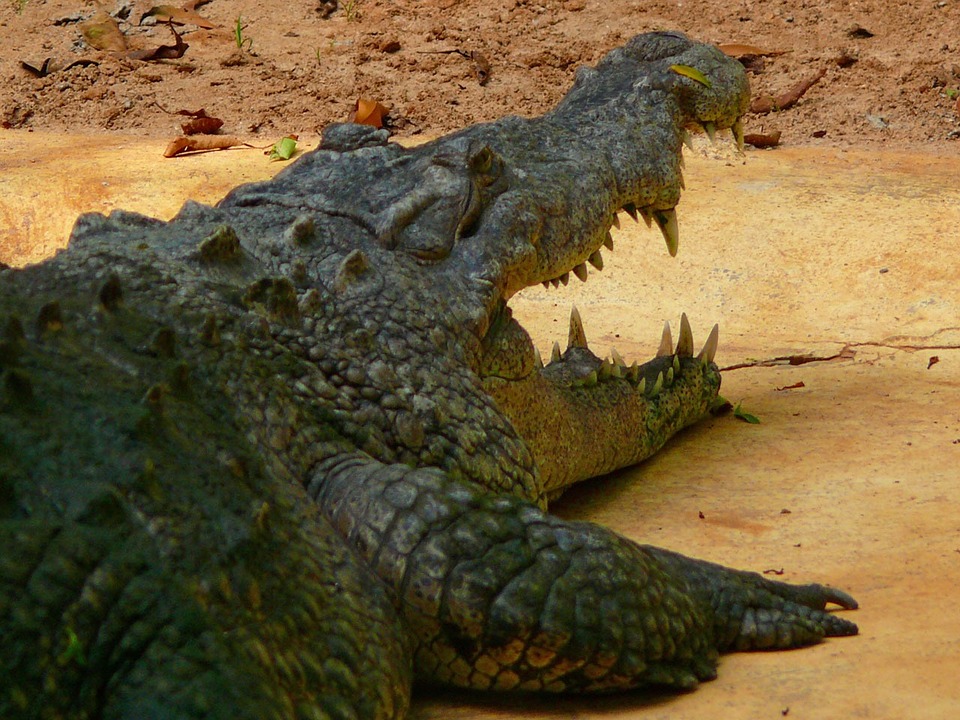
Capital: Santo Domingo
Population (Estimated July 2012): 10,088,598
Area: 48,671 km2 or 18,792 mi2
Currency: Dominican Peso (RD$)
Official Language: Spanish
Political Information: Unitary Democratic Republic
Official Religion: No Official Religion (approximately 95% of the population are Roman Catholic and 5% have other religious beliefs)
Highest Mountain: Pico Duarte 3,175m or 10,417ft
GDP Official Exchange Rate (OER is more precise at gauging a countries economic power)
(Estimated 2011): $54.4 billion (US$) or (GBP)
GDP (OER) Per Capita (per member of the population estimated 2011): (US$)
GDP Purchasing Power Parity (PPP is good for gauging living conditions and use of resources but not as accurate as OER. This data has been calculated based on the sum value of all goods and services produced in the country valued at prices prevailing in the United States)
(Estimated 2011): $93.23 billion (US$) or (GBP)
GDP (PPP) Per Capita (per member of the population estimated 2011): (US$) $9,300
Time Zone (GMT/UTC): -4:00
Counties/Provinces/States: 31 provinces (provincias, singular – provincia) and 1 district* (distrito); Azua, Bahoruco, Barahona, Dajabon, Distrito Nacional*, Duarte, El Seibo, Elias Pina, Espaillat, Hato Mayor, Independencia, La Altagracia, La Romana, La Vega, Maria Trinidad Sanchez, Monsenor Nouel, Monte Cristi, Monte Plata, Pedernales, Peravia, Puerto Plata, Salcedo, Samana, San Cristobal, San Jose de Ocoa, San Juan, San Pedro de Macoris, Sanchez Ramirez, Santiago, Santiago Rodriguez, Santo Domingo, Valverde
Leaders: President Danilo MEDINA Sanchez (since 16 August 2012); Vice President Margarita CEDENO DE FERNANDEZ (since 16 August 2012); note – the president is both chief of state and head of government.
Additional: The Dominican Republic has been subject to many wars for independence and internal conflict yet they have managed to build the second largest economy of the Caribbean and Central American region.
Sources: CIA World Fact Book, Encyclopaedia Britannica.
Dominican Republic
The Dominican Republic is a stunning Caribbean country located on the island of Hispaniola, which it shares with Haiti. It is the second-largest country in the Caribbean, covering an area of approximately 48,442 square kilometres. The Dominican Republic has a population of over 10 million people, making it one of the most populous countries in the Caribbean.
The Dominican Republic is known for its breathtaking beaches, crystal-clear turquoise waters, and vibrant culture. It is a popular tourist destination for travellers from all over the world. The country offers a wide range of attractions and activities, from exploring historical sites in Santo Domingo, the capital city, to relaxing on the pristine beaches of Punta Cana. With its warm climate, friendly locals, and diverse landscapes, the Dominican Republic truly is a Caribbean paradise.
The History and Culture of the Dominican Republic
The history of the Dominican Republic is rich and complex, shaped by colonization and independence. The island of Hispaniola was first inhabited by indigenous Taíno people before Christopher Columbus arrived in 1492 and claimed it for Spain. The Spanish colonized the island and brought African slaves to work on sugar plantations. In 1821, the Dominican Republic gained independence from Spain but was later occupied by Haiti from 1822 to 1844. It finally achieved full independence in 1844.
The culture of the Dominican Republic is a vibrant fusion of African, European, and indigenous influences. The African influence can be seen in the music, dance, and cuisine of the country. European influence is evident in the architecture and language, as Spanish is the official language of the Dominican Republic. Indigenous culture is preserved through art and craft traditions.
One aspect of Dominican culture that stands out is its love for baseball. Baseball is considered the national sport of the Dominican Republic and has produced many talented players who have gone on to play in Major League Baseball in the United States. The country takes great pride in its baseball players and the sport has become deeply ingrained in Dominican culture.
Best Places to Visit in the Dominican Republic
1. Santo Domingo: As the capital city of the Dominican Republic, Santo Domingo is a must-visit destination for history buffs. It is the oldest continuously inhabited European settlement in the Americas and is home to many historical sites, including the Colonial Zone, a UNESCO World Heritage Site. Visitors can explore the cobblestone streets, visit the Alcázar de Colón (the former residence of Christopher Columbus’ son), and admire the stunning architecture of the Cathedral of Santa María la Menor.
2. Punta Cana: Punta Cana is a popular beach resort area located on the eastern coast of the Dominican Republic. It is known for its pristine white-sand beaches, crystal-clear waters, and luxurious all-inclusive resorts. Visitors can relax on the beach, go snorkelling or scuba diving to explore the vibrant coral reefs or take a catamaran cruise to nearby islands. Punta Cana also offers a vibrant nightlife scene with bars, clubs, and casinos.
3. Samaná: Located on the northeastern coast of the Dominican Republic, Samaná is known for its natural beauty and whale watching. Every year, humpback whales migrate to Samaná Bay to mate and give birth, providing visitors with a unique opportunity to witness these majestic creatures up close. Samaná also offers stunning beaches, lush rainforests, and waterfalls that can be explored through hiking or horseback riding.
4. Jarabacoa: For those seeking outdoor adventure, Jarabacoa is the perfect destination. Located in the central highlands of the Dominican Republic, this mountain town offers activities such as hiking, zip-lining, white-water rafting, and canyoning. Visitors can explore the stunning landscapes, including the Pico Duarte, the highest peak in the Caribbean, or take a dip in the crystal-clear waters of the Jimenoa Waterfalls.
Beaches and Water Sports in the Dominican Republic
The Dominican Republic is renowned for its stunning beaches, which stretch for over 1,600 kilometres along its coastline. Each beach has its own unique features, from powdery white sand to dramatic cliffs and crystal-clear waters. Some of the most popular beaches in the Dominican Republic include Punta Cana, Bavaro Beach, Playa Dorada, and Playa Grande.
In addition to lounging on the beach and soaking up the sun, visitors to the Dominican Republic can also enjoy a wide range of water sports. Snorkelling and scuba diving are popular activities, allowing visitors to explore the vibrant coral reefs and marine life that thrive in the warm Caribbean waters. Surfing is also popular in certain areas, such as Cabarete on the north coast, which is known for its consistent waves and international surfing competitions.
The Cuisine of the Dominican Republic: A Fusion of Flavors
The cuisine of the Dominican Republic is a delicious fusion of flavours influenced by African, European, and indigenous cuisines. Staple ingredients in Dominican cooking include rice, beans, plantains, yucca, and meat such as chicken, pork, and beef. These ingredients are often combined with spices such as garlic, oregano, and cilantro to create flavorful dishes.
One iconic dish of Dominican cuisine is “la bandera,” which translates to “the flag.” It consists of white rice, red beans, meat (usually chicken or beef), and a side of salad or cooked vegetables. Another popular dish is “mofongo,” which is made from mashed plantains mixed with garlic and pork cracklings.
The influence of African cuisine can be seen in dishes such as “sancocho,” a hearty stew made with various meats and vegetables, and “habichuelas con dulce,” a sweet dessert made from red beans, coconut milk, and spices. European influence is evident in dishes such as “pastelón,” a layered casserole similar to lasagna but made with plantains instead of pasta.
The Music and Dance of the Dominican Republic
Music and dance are integral parts of Dominican culture, reflecting the country’s African, European, and indigenous roots. The two most popular genres of music in the Dominican Republic are merengue and bachata.
Merengue is a lively and energetic dance music that originated in the Dominican Republic. It is characterized by its fast-paced rhythm, accordion melodies, and lively percussion. Merengue is often accompanied by elaborate dance moves that involve hip movements and intricate footwork.
Bachata is a slower and more romantic genre of music that also originated in the Dominican Republic. It is characterized by its melancholic melodies, guitar rhythms, and heartfelt lyrics. Bachata has gained international popularity in recent years, with artists such as Romeo Santos and Prince Royce bringing the genre to a global audience.
The importance of dance in Dominican culture cannot be overstated. Dancing is a way for Dominicans to express themselves, celebrate their heritage, and connect with others. Dance styles such as merengue, bachata, and salsa are taught from a young age and are often performed at social gatherings, festivals, and celebrations.
Festivals and Celebrations in the Dominican Republic
The Dominican Republic is known for its vibrant festivals and celebrations, which showcase the country’s rich cultural heritage. One of the most famous festivals is Carnival, which takes place in February or March leading up to Lent. Carnival is a colourful and lively celebration featuring parades, music, dance, costumes, and street parties. Each region of the country has its own unique Carnival traditions, but the largest and most famous Carnival celebrations take place in Santo Domingo, La Vega, and Santiago.
Another important celebration in the Dominican Republic is Semana Santa, or Holy Week, which takes place in the week leading up to Easter. Semana Santa is a time of religious observance and reflection, with processions, reenactments of biblical scenes, and church services taking place throughout the country. Many Dominicans also take the opportunity to spend time with family and friends and enjoy traditional foods such as “habichuelas con dulce” and “torrejas.”
Sports and Adventure Activities in the Dominican Republic
Sports play a significant role in Dominican culture, with baseball being the most popular sport in the country. The Dominican Republic has produced many talented baseball players who have gone on to play in Major League Baseball in the United States. Baseball games are a major source of entertainment and pride for Dominicans, and attending a game is a great way to experience the passion and enthusiasm that surrounds the sport.
In addition to baseball, basketball is also popular in the Dominican Republic. The country has a strong basketball tradition and has produced several NBA players, including Al Horford and Karl-Anthony Towns.
For those seeking outdoor adventure, the Dominican Republic offers a wide range of activities. Hiking enthusiasts can explore the stunning landscapes of the country, including national parks such as Parque Nacional del Este and Parque Nacional Jaragua. Zip-lining is another popular activity, allowing visitors to soar through the treetops and enjoy breathtaking views of the surrounding scenery.
Sustainable Tourism in the Dominican Republic
Sustainable tourism is of great importance in the Dominican Republic as it helps to protect the country’s natural resources and preserve its cultural heritage. The government and various organizations have implemented initiatives to promote sustainable tourism practices.
One example of sustainable tourism in the Dominican Republic is the protection of marine ecosystems. The country has established marine protected areas and implemented regulations to prevent overfishing and protect coral reefs. Visitors are encouraged to engage in responsible snorkelling and diving practices, such as not touching or stepping on coral and not feeding or touching marine life.
Another example of sustainable tourism is the promotion of community-based tourism. This involves working with local communities to develop tourism activities that benefit both visitors and residents. Community-based tourism allows visitors to experience the authentic culture and traditions of the Dominican Republic while providing economic opportunities for local communities.
Tips for Traveling to the Dominican Republic: Dos and Don’ts
Before travelling to the Dominican Republic, it is important to be aware of certain dos and don’ts to ensure a safe and enjoyable trip.
Dos:
– Do carry a valid passport and any necessary visas for entry into the Dominican Republic.
– Do take precautions to protect yourself from mosquito-borne illnesses such as dengue fever and Zika virus.
– Do respect local customs and traditions, including dress codes for religious sites.
– Do try local cuisine and explore the vibrant markets for a taste of authentic Dominican culture.
– Do learn a few basic Spanish phrases to communicate with locals.
Don’ts:
– Don’t drink tap water. Stick to bottled water or water that has been boiled or treated.
– Don’t display expensive jewellery or valuables, as this may attract unwanted attention.
– Don’t leave your belongings unattended, especially on the beach or in crowded areas.
– Don’t engage in illegal activities, including drug use or trafficking.
– Don’t forget to purchase travel insurance to cover any unexpected emergencies or medical expenses.
By following these tips and respecting the local culture, visitors can have a memorable and enjoyable experience in the Dominican Republic. From its stunning beaches and vibrant culture to its delicious cuisine and lively festivals, the country truly offers something for everyone. Whether you’re seeking relaxation, adventure, or a cultural experience, the Dominican Republic is a Caribbean paradise waiting to be explored.
FAQs
What is the Dominican Republic?
The Dominican Republic is a country located in the Caribbean region of North America. It shares the island of Hispaniola with Haiti.
What is the capital of the Dominican Republic?
The capital of the Dominican Republic is Santo Domingo.
What is the population of the Dominican Republic?
As of 2021, the estimated population of the Dominican Republic is approximately 10.8 million people.
What is the official language of the Dominican Republic?
The official language of the Dominican Republic is Spanish.
What is the currency of the Dominican Republic?
The currency of the Dominican Republic is the Dominican peso.
What is the climate like in the Dominican Republic?
The climate in the Dominican Republic is tropical, with warm temperatures year-round. The country experiences a rainy season from May to November.
What are some popular tourist attractions in the Dominican Republic?
Some popular tourist attractions in the Dominican Republic include Punta Cana, Santo Domingo’s Colonial Zone, the beaches of Puerto Plata, and the historic city of Santiago.
What is the economy of the Dominican Republic based on?
The economy of the Dominican Republic is based on a mix of agriculture, manufacturing, and services. The country is a major exporter of sugar, coffee, and tobacco. Tourism is also a significant contributor to the economy.
Political Boundaries of Dominican Republic: Provinces, Districts, or Historical Boundaries.
Political boundaries refer to the lines that demarcate the territorial limits of a country or region. These boundaries are crucial for understanding the governance, administration, and distribution of power and resources within a country. In the case of the Dominican...
Climate Zones Of Dominican Republic: Different climate regions Of the Dominican Republic
The Dominican Republic is a Caribbean country located on the island of Hispaniola. It shares the island with Haiti and is known for its stunning beaches, lush landscapes, and vibrant culture. The country’s geography is diverse, ranging from mountains and valleys...
History of the Dominican Republic
The Dominican Republic, located on the island of Hispaniola in the Caribbean, has a rich and complex history that has shaped its present-day society and culture. From its indigenous roots to European colonization, slavery, dictatorship, and political turmoil, the...
Terrain and Topography of Dominican Republic: mountains, valleys, and plains.
The Dominican Republic is a country known for its stunning landscapes and diverse topography. From majestic mountain ranges to picturesque valleys and vast plains, the country offers a wide range of terrains that contribute to its unique beauty and cultural heritage....
Natural Resources of the Dominican Republic: Where Natural Resources are Located in the Dominican Republic
The Dominican Republic, located in the Caribbean, is blessed with a diverse range of natural resources. From mineral deposits to fertile agricultural land, lush forests to abundant water sources, the country’s natural resources play a crucial role in its economy...
Cultural or Historical Sites of the Dominican Republic: Important Cultural Landmarks or Historical Sites in the Dominican Republic
Introduction Santo Domingo, the capital city of the Dominican Republic, is a city rich in history and cultural heritage. As the oldest continuously inhabited European settlement in the Americas, Santo Domingo has a fascinating past that is reflected in its many...
Population Density of the Dominican Republic
The Dominican Republic is a vibrant and diverse country located in the Caribbean region. Known for its stunning beaches, rich culture, and warm hospitality, the Dominican Republic attracts millions of tourists each year. However, behind its beauty lies a complex issue...
Discovering the Hidden Gems of the Dominican Republic: A Journey Through the Caribbean’s Best-Kept Secret
The Dominican Republic is a popular travel destination known for its stunning beaches, vibrant culture, and warm hospitality. However, beyond the well-known tourist spots lies a treasure trove of hidden gems waiting to be discovered. From its rich history and culture...
